10 Important Points For Safe Helicopter Operations Onboard Ships
The days are far behind when Helicopter operations were presumed to be an out of ordinary activity onboard ships. In the old days, helicopter operations weren’t as recurrent and common as it is today. This increase in frequency demands the need for the ship’s crew to be completely familiarised with the precautions and preparations necessary during helicopter operations.
Helicopter operations are commonly used on ships for crew changes, pilot embarkations and disembarkations, medical and other emergency 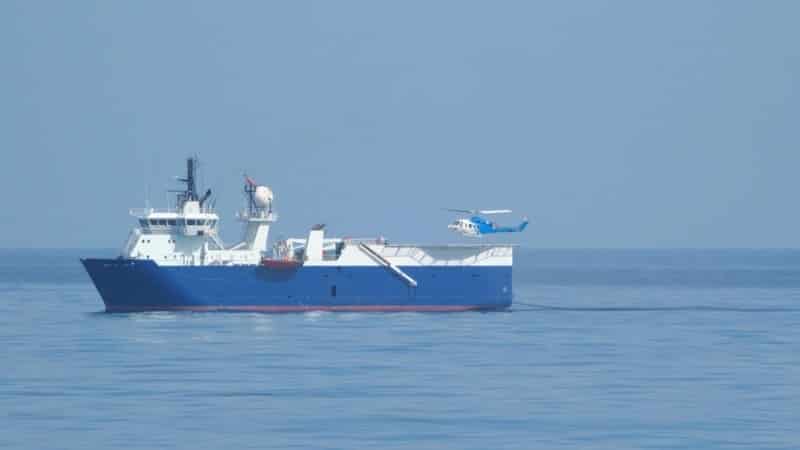
Given below are 10 important points to be considered for a smooth, swift and a safe helicopter operations on board ships.
1. Check Weather Conditions Properly
Fair weather condition is an inevitable factor in helicopter operations. The helicopter team will foresee the expected weather conditions prior the operations. However, the ship’s officers should also consider the same at that time. This includes:
a. Wind Direction and Speed
The speed and direction of wind has great impact on helicopter operations. During the operation, officers have to keep an eye on wind direction and speed. Extreme wind conditions will be very unsuitable for landing/winching of the helicopter.
b. Sky Condition – Estimate the condition of the sky. Clear or partial sky is favourable for operations.
c. Visibility – Clear visibility is best suited for the operations. Restricted visibility is unfavourable; in such cases extra care should be given.
d. Precipitation – Rain, fog, drizzle and snow conditions are not favourable for helicopter operations. More attention and care is needed when conducting operations in such conditions.
e. Sea State – The state of the sea should also be taken into account. Rough sea and heavy currents is found adverse for helicopter operations. In such cases, necessary allowance and counteracting actions should be taken to maintain a given steady course.
2. Go Through Checklists Thoroughly
There are various checklists which have to be complied and documented prior to Helicopter Operations. Such checklists contain important preparations and key factors which are to be checked and followed while getting ready for the operation. The OOW preparing the checklist should be positively sure about every single ‘tick’ he marks on the checklist. The same should be produced to the Master for his signature before it is filed.
Necessary entries in the Logbook should also be done.
3. Maintain Efficient Communication
Communication is the most vital factor in Helicopter Operations. The ship’s officer must establish proper communication with the Helicopter team well in advance before the operation. During such communications the officer onboard must clarify the following:
a. The Course to be steered and the Speed to be maintained by the ship during the operation.
b. Intended Position of helicopter operation
c. ETA to the Position
d. Desired Landing or Winching Area.
After the initial communication the OOW can expect a call from the helicopter on VHF just before it goes on-scene for the operation. When found in range, the vessel can also try to establish communication with the helicopter. The OOW should keep a good radio watch on VHF CH.16 till the operation is terminated.
4. Keep a Constant Watch On Ship’s Course and Speed
Once the OOW is aware of the required Course and Speed of the ship to maintain, he shall:
a. Maintain the advised Course and Speed
b. Ascertain the situation and traffic density
c. Ensure enough sea room is available and is clear off obstructions
d. Ensure the readiness of the Deck party.
e. In case of change of watch, delay handing over the watch until the operation is terminated.
5. Prepare Landing/Winching Area With Utmost Care
Landing area is the specific area onboard dedicated for the landing of helicopter. It will vary from ship to ship. Landing of helicopter onboard is comparatively less frequent and practised mostly on specially designed vessels and some bulk carriers.
Winching is the process of lowering down or picking up a person using the sling attached to the winch of the helicopter. This operation is more common and used vastly for pilot embarkations and crew changes. Winching areas onboard ships are variable. Most common winching areas are forecastle deck, main deck, hatch covers, and bridge wings.
After the initial communication with the helicopter team, the advised landing/ winching areas should be prepared for the operation at the earliest.
6. Be Ready With Inventory Of Items Used for Helicopter Operations
Every vessel designated to allow Helicopter Operations should carry and maintain an Inventory of Items used for Helicopter Operations. These items should be ready for use at all times and should be available during on scene operations.
Such inventory includes, but not limited to:
a. Crow Bar
b. Large Axe
c. Wire Cutters
d. Hand Signals
e. Emergency Signal Torch
f. Wind Stock
g. Marshalling Batons
h. First Aid Equipment
The officers and crew members associated with the operations should be familiar with the equipments and their use.
7. Make All Adequate Preparations
Helicopter Operations require thorough preparations, for the reason that it involves high risks and danger. Such preparations are as follows:
a. All the loose objects in or near the area of operation should be removed.
b. All aerials, running gears, equipment and objects in the area should be secured.
c. Fire Pumps should be running and fire hoses must be rigged, charged and ready for use. They should be clear from the area of operation and shouldn’t be pointing towards the same. The readiness of pumps must be to an extent that, they are available for use in no time.
d. Portable Fire extinguishers (DCP) and foam extinguishers should be readily available at the area.
e. Helicopter Inventory Items should be available for immediate use.
f. A rescue party must be ready for immediate rescue operations and fire-fighting. This includes at-least 2 persons wearing full fire man’s outfit.
g. The rescue boat should be ready for immediate launching in case of Man overboard Situation.
h.Required Day signals or Navigational lights of ‘Restricted in ability to manoeuvre’ should be switched on. (During medical emergency lifts only)
i.A duty officer in proper PPE with walkie-talkie radio in contact with the bridge should be ready at the area.
j. Extra deck hands should be ready at the area with proper PPE.
8. Monitor The Operation Closely And Keep Necessary Items Ready
When the helicopter operation is underway, the following points should be considered:
a. OOW on the bridge must maintain a visual contact with the helicopter and its operation.
b. Any uncertainties should be brought into the attention of helicopter team, by communicating through VHF.
c. Duty officer standing-by at the landing/winching area should update the status of the operation to the bridge.
d. Duty officer must be able to give clear commands and guidance to the deck hands associated with the operation.
f. During medical emergencies, extra attention and care must be taken when the person is lifted using rescue nets, baskets, or backboards.
9. Never Ever Neglect Safety Procedures
Safety is another important aspect of helicopter operations. As it involves great risks and dangers, good safety consciousness is strongly recommended. The officers and crew members associated on scene should also show high level of situational awareness and good seamanship. They should never compromise on wearing proper PPE and of staying clear from the area of operation.
Download FREE eBook – Ultimate Guide To Personal Safety On Ships
10. Take Proper Familiarisation And Training
Helicopter operation is a much faster and efficient method for transferring crew and pilots. Nowadays more ports have implemented helicopter use for pilot embarkations and disembarkations. In such changing scenarios, the ship’s officers and crew requires adequate training and proper familiarisation about the operations. They should be aware of the DO’s and the DONTs. The use of video-based training and CBT modules will be promising to create a good level of awareness. International Chamber of Shipping (ICS) publishes ‘Guide to Helicopter Operations’ with the intention of providing guidelines and best practises in helicopter operations to the Master and Officers. It contains all relevant information regarding the operation and it is strongly recommended to have a copy onboard. Deck officers must go through the same to enhance their knowledge.
This is not an exhaustive list but the above notes and points will surely help for an efficient and smooth operation of helicopter operations on board ships.
Have we missed any important point? Let’s know in the comments below.

About Author
Raunek Kantharia is a marine engineer turned maritime writer and entrepreneur. After a brief stint at the sea, he founded Marine Insight in 2010. Apart from managing Marine Insight, he also writes for a number of maritime magazines and websites.
Do you have info to share with us ? Suggest a correction
Latest Ship Safety Articles You Would Like:
Subscribe To Our Newsletters
By subscribing, you agree to our Privacy Policy and may receive occasional deal communications; you can unsubscribe anytime.



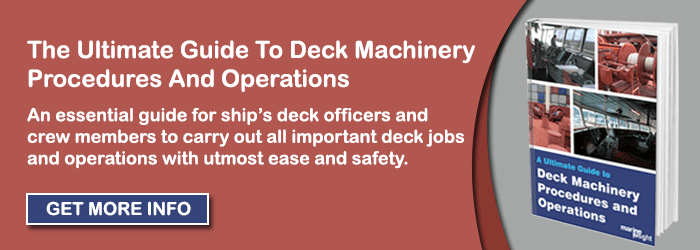
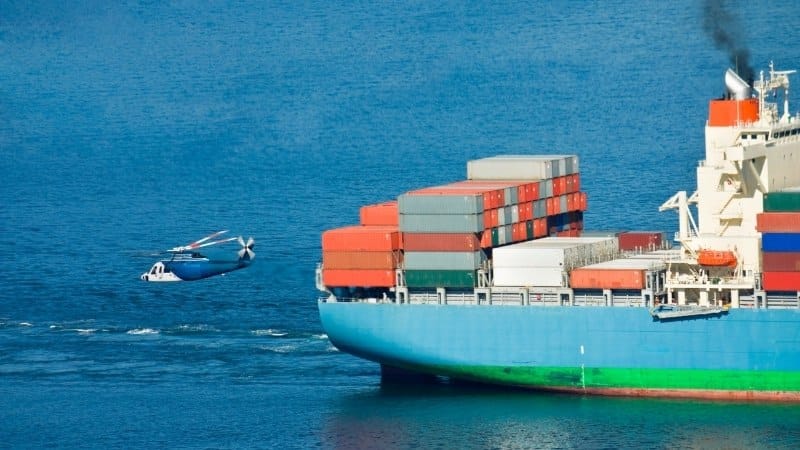
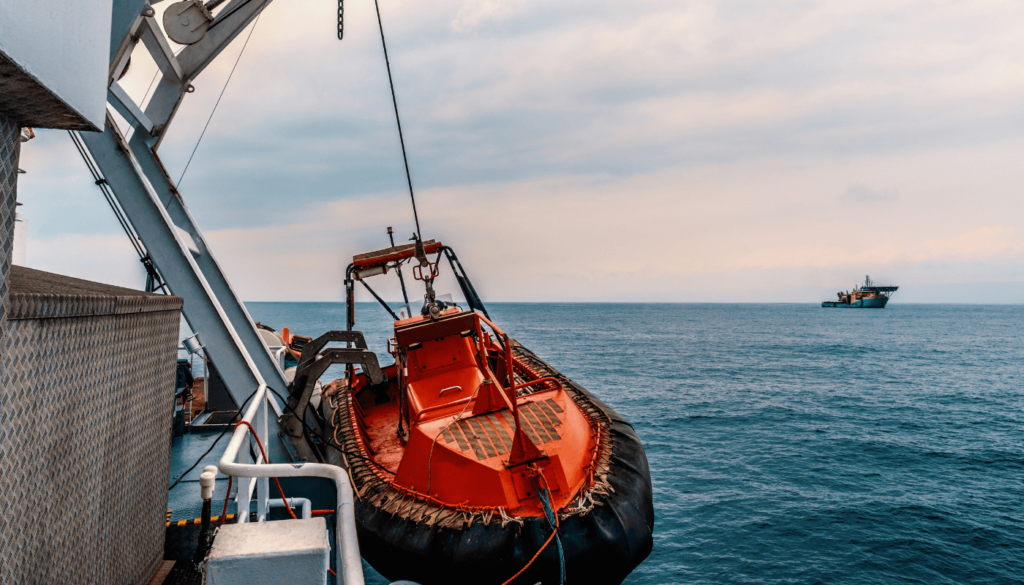
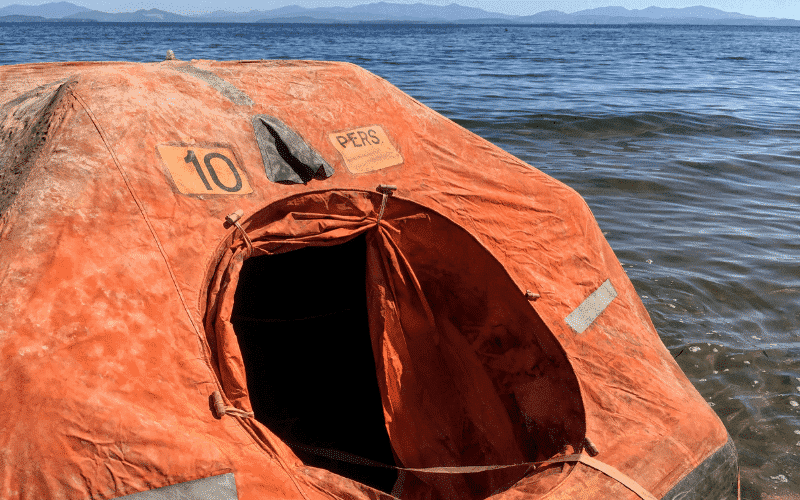
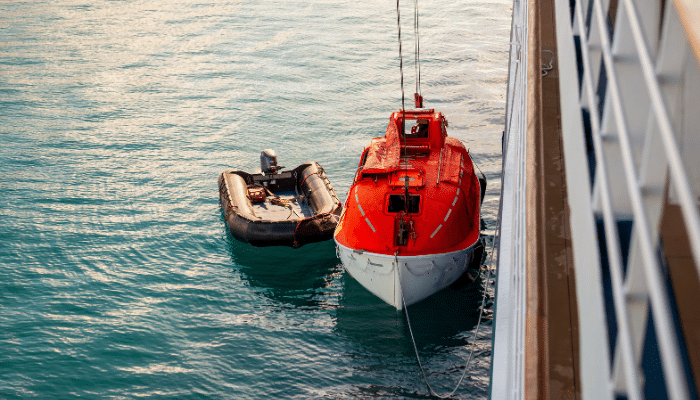

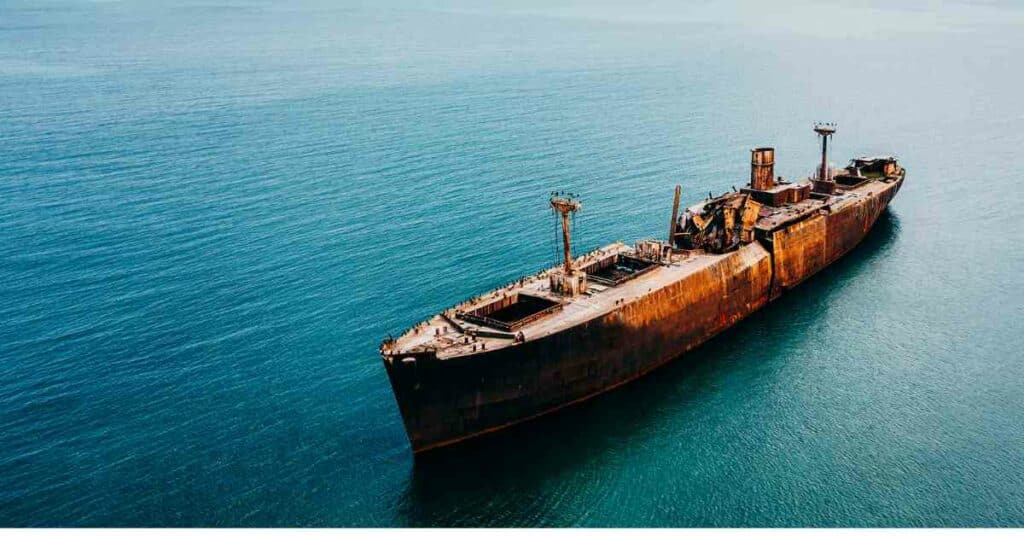

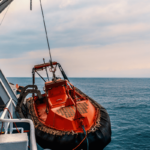
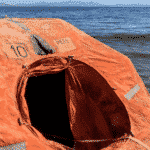
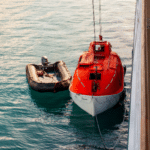
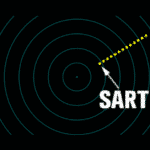
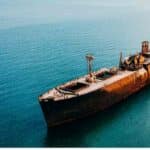

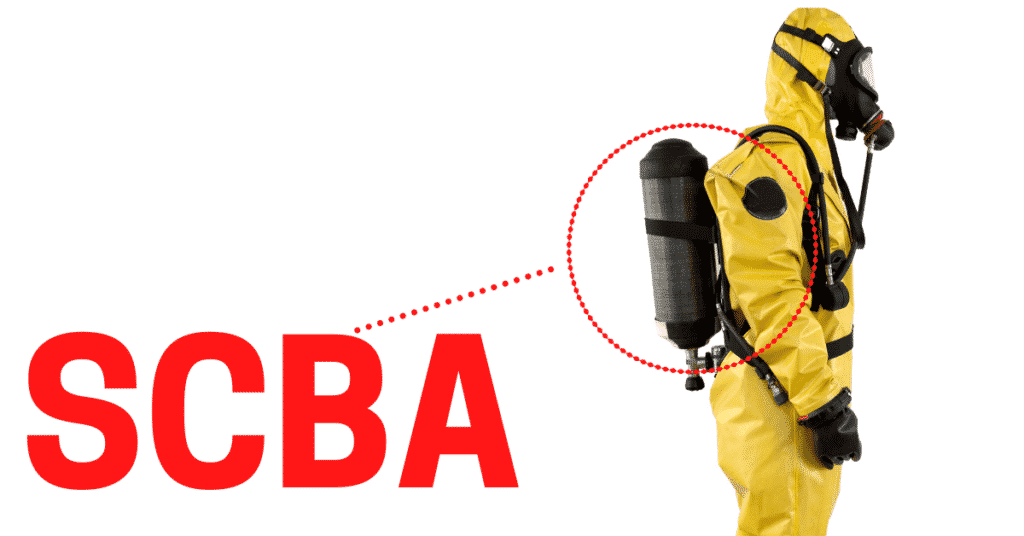
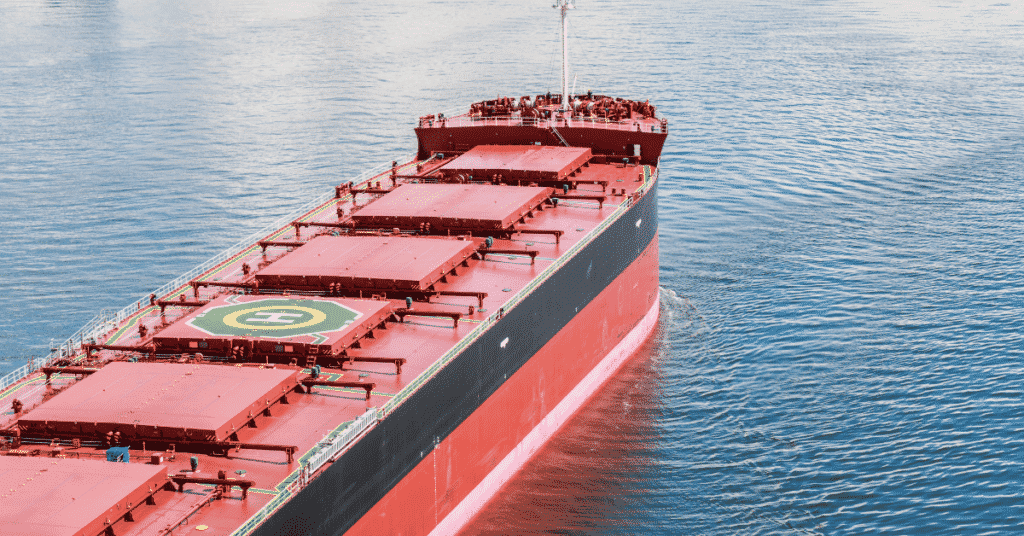
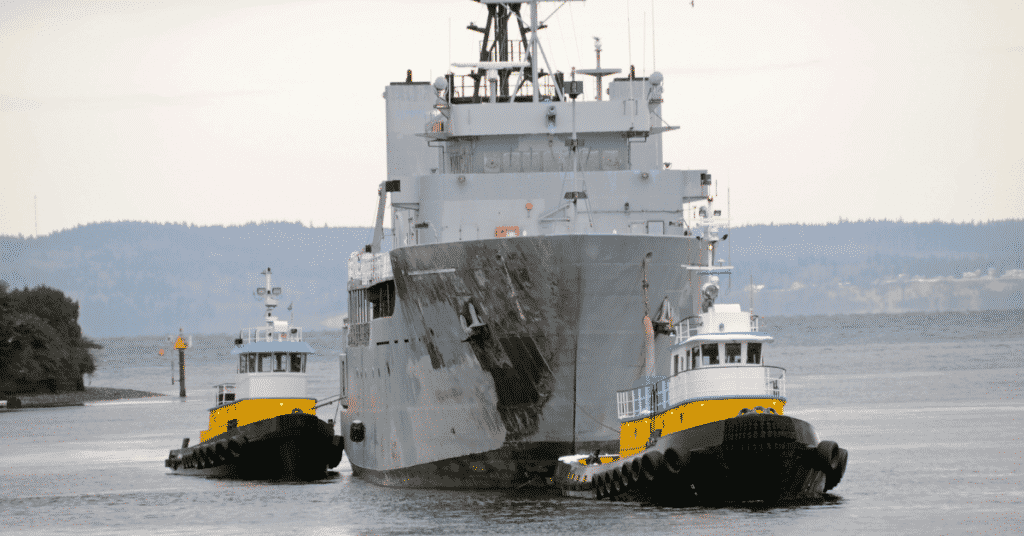
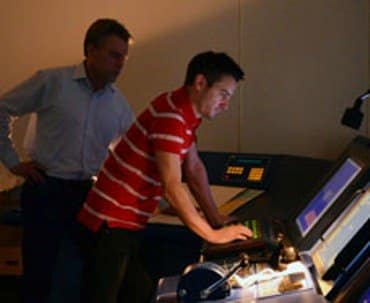
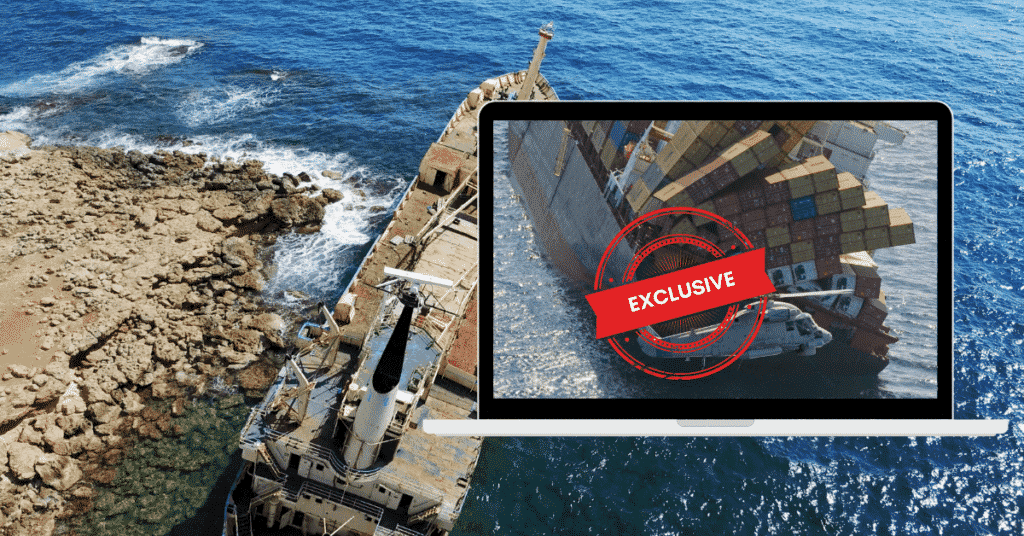
Good report about helicoper operations on board ship Thanks
Preparedness of ships crew to perform hoisting to and from the vessel will expedite the hoist operations. When a helicopter is in a low hover over a vessel it is more vulnerable to many threatening factors, many of which are included in the hazards list in the article.
So the least amount of time spent in a hover to accomplish the mission safely greatly increases the odds of the mission being completed successfully, with no injuries or damage sustained on behalf of vessel or helicopter.
Where can one find the safety standards and guidelines for helicopter operations and rescue?
You can find the checklist inside Helicopter Operations Book on the bridge..
Precautions, lashing of Sikorsky S76D helicopter on the deck of Marine ship for transportation. can any one suggest.
@A.P Singh – Few pointers that can be helpful –
-Conducting a thorough pre-transport inspection of the helicopter and the deck of the ship to ensure that both are fit for the task.
-Securing the helicopter to the deck using appropriate lashing equipment, such as chains or straps, and ensuring that the lashing points on the helicopter are strong enough to withstand the forces of transportation.
-Positioning the helicopter in a location on the deck that is protected from the elements and will not be damaged by the ship’s movement.
-Appointing a dedicated team of personnel to oversee the loading and unloading of the helicopter, and to monitor the aircraft during transportation.
-Establishing clear communication between the ship’s crew and the helicopter’s crew to ensure that all safety procedures are being followed.
-It is also important to check the weather forecast before transport and ensure that the winds and sea state are within the limits of safe transport.